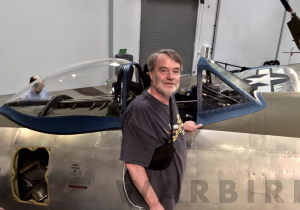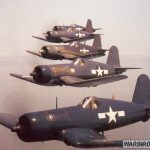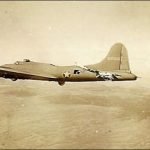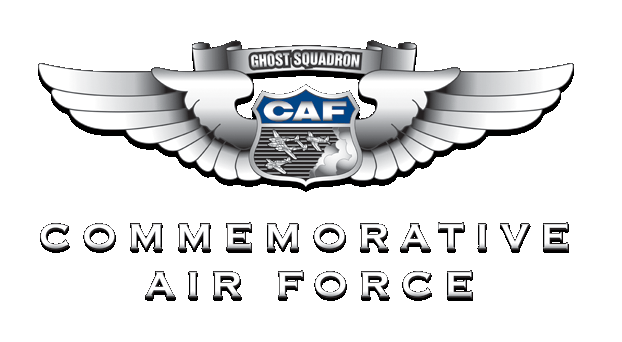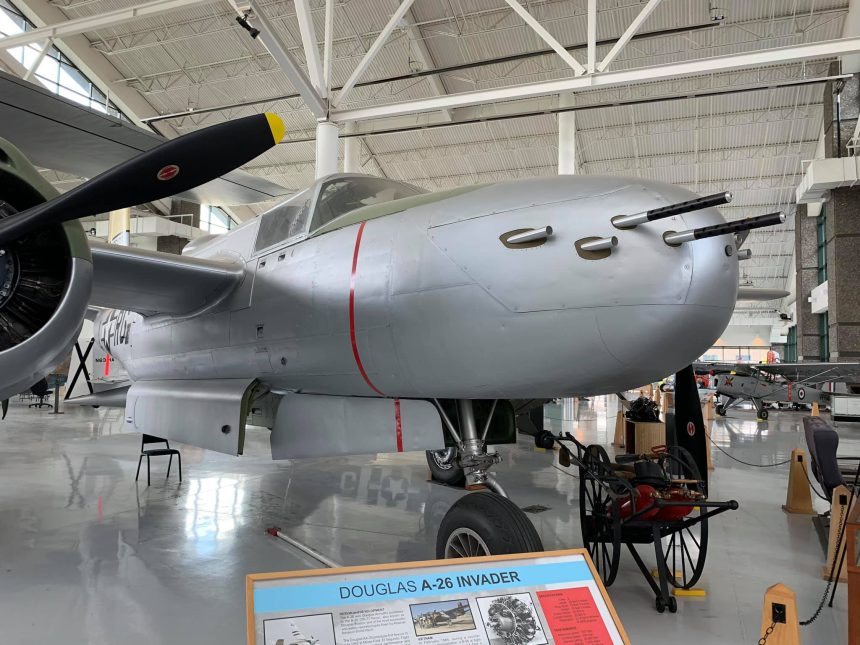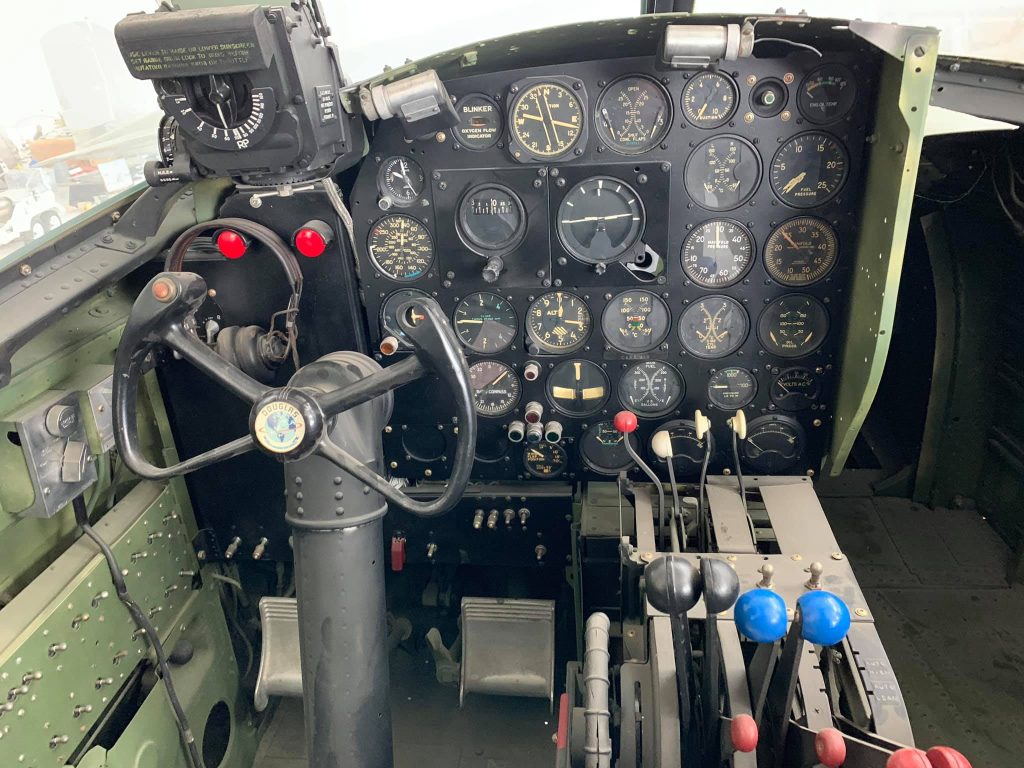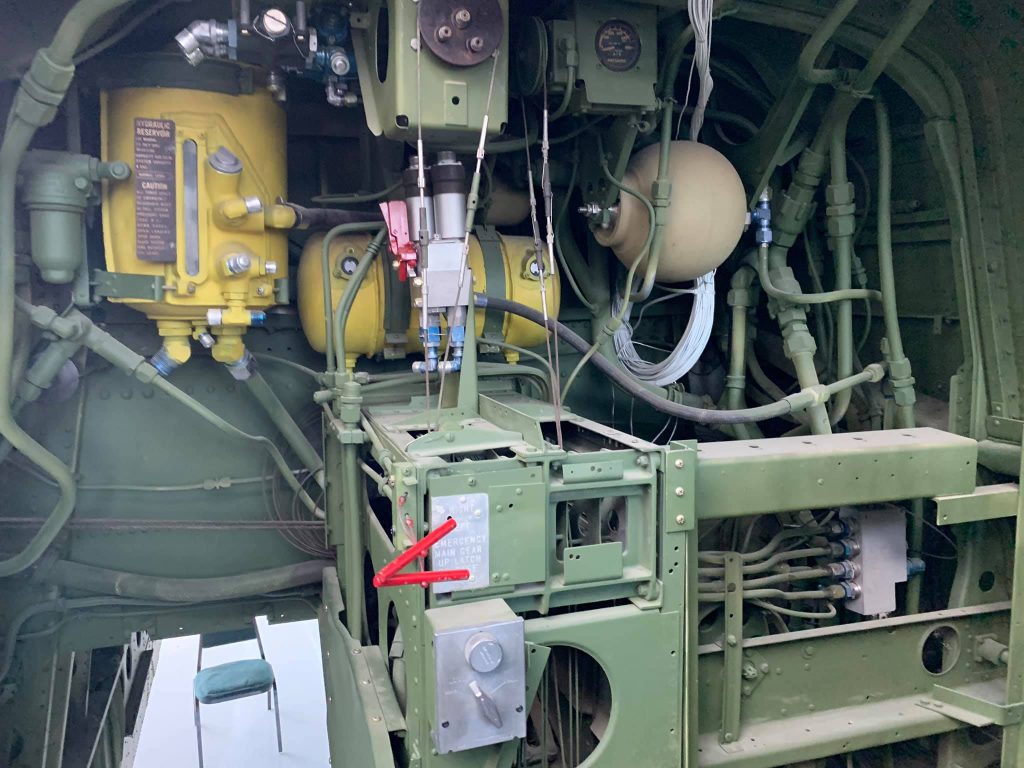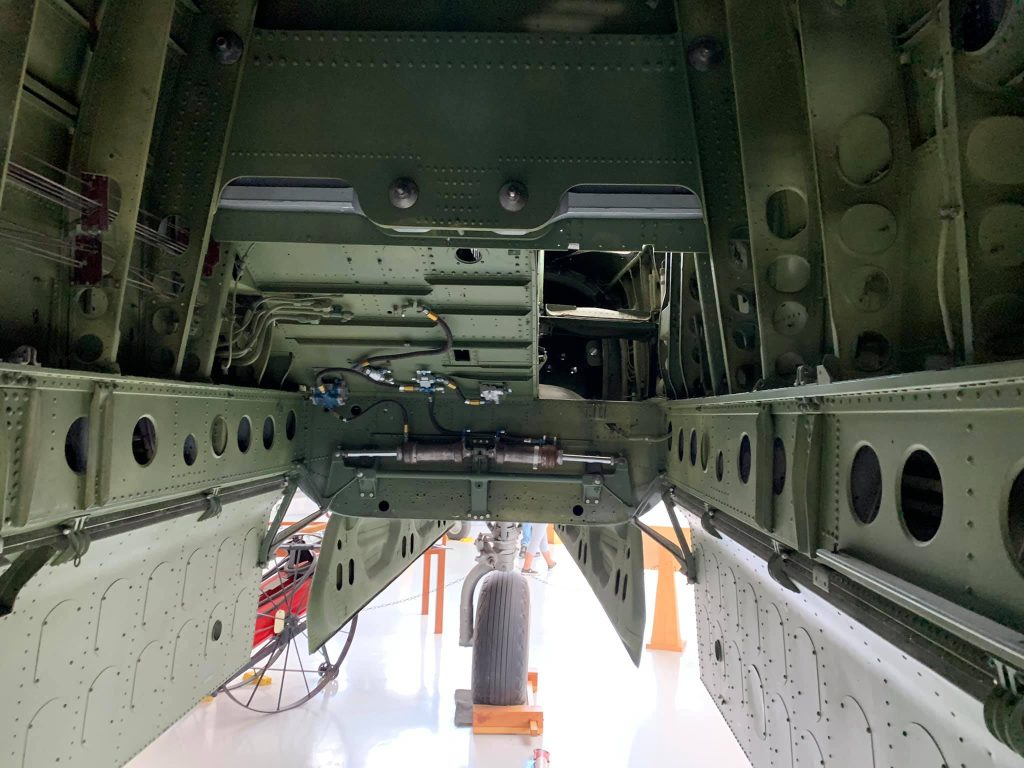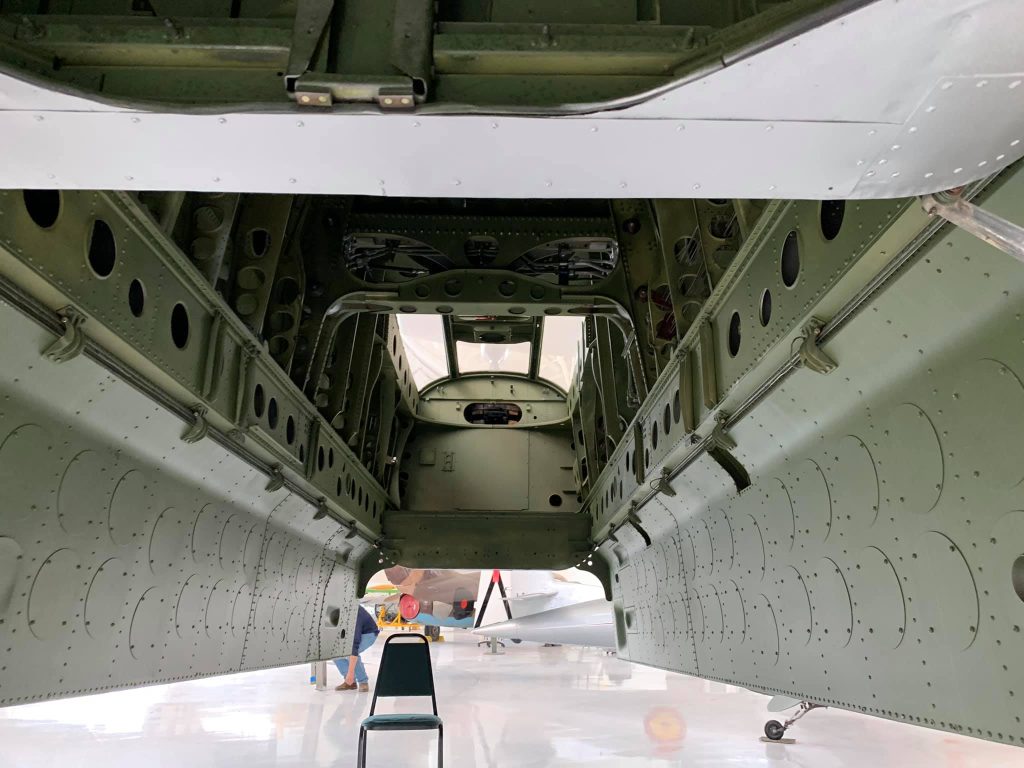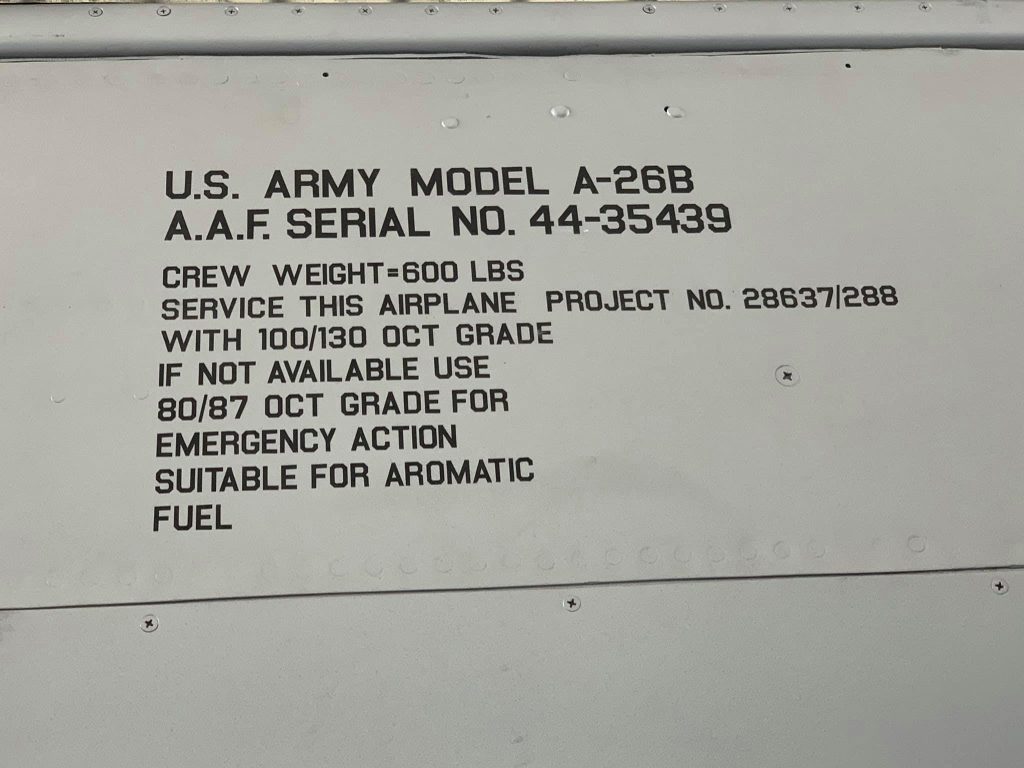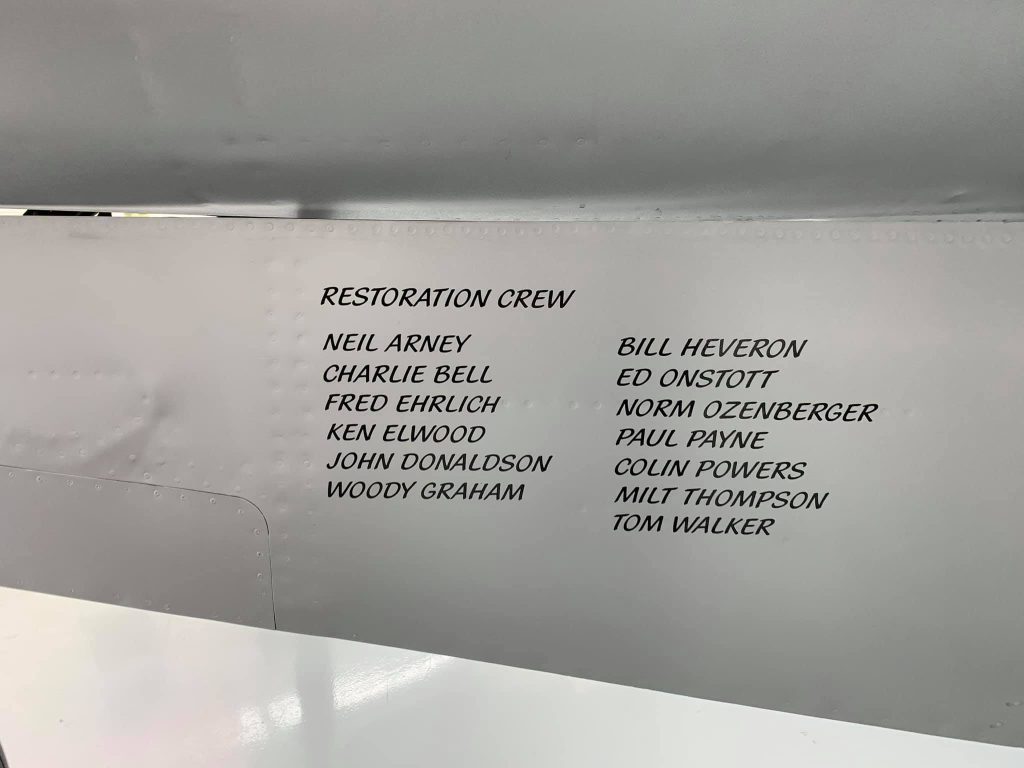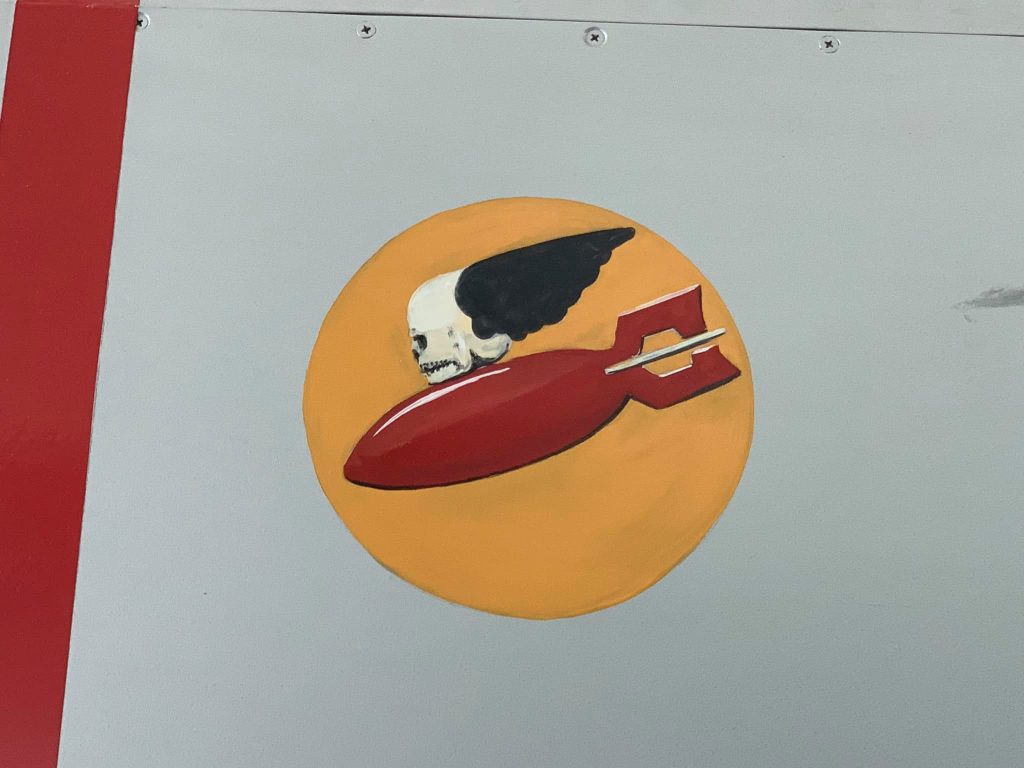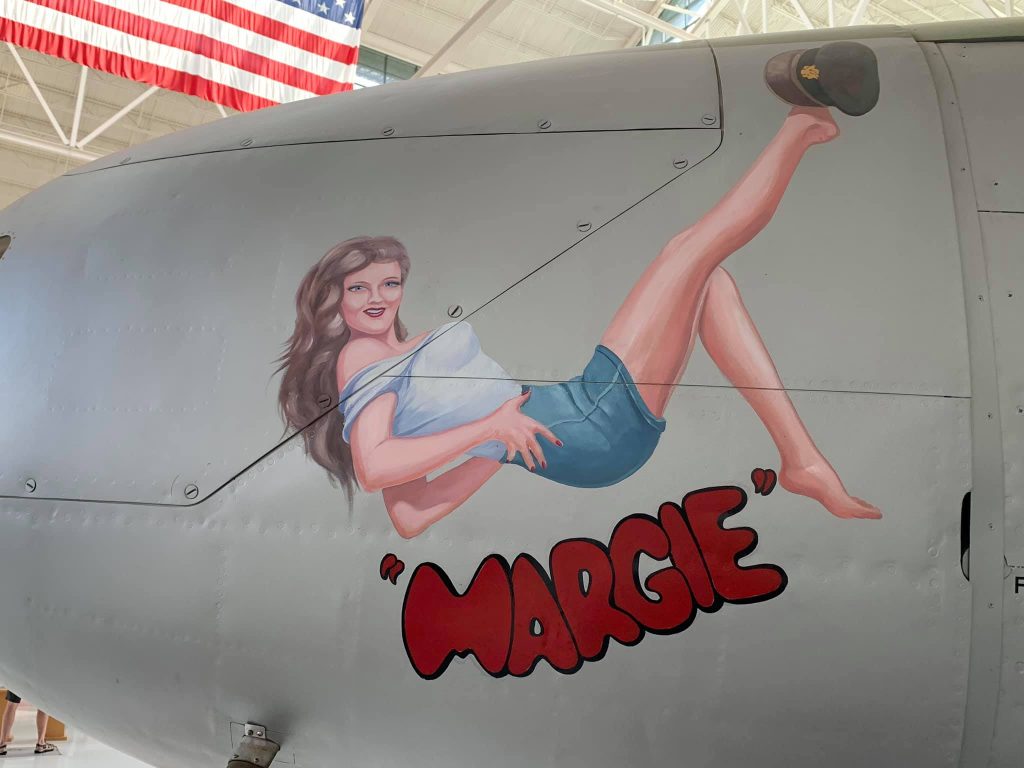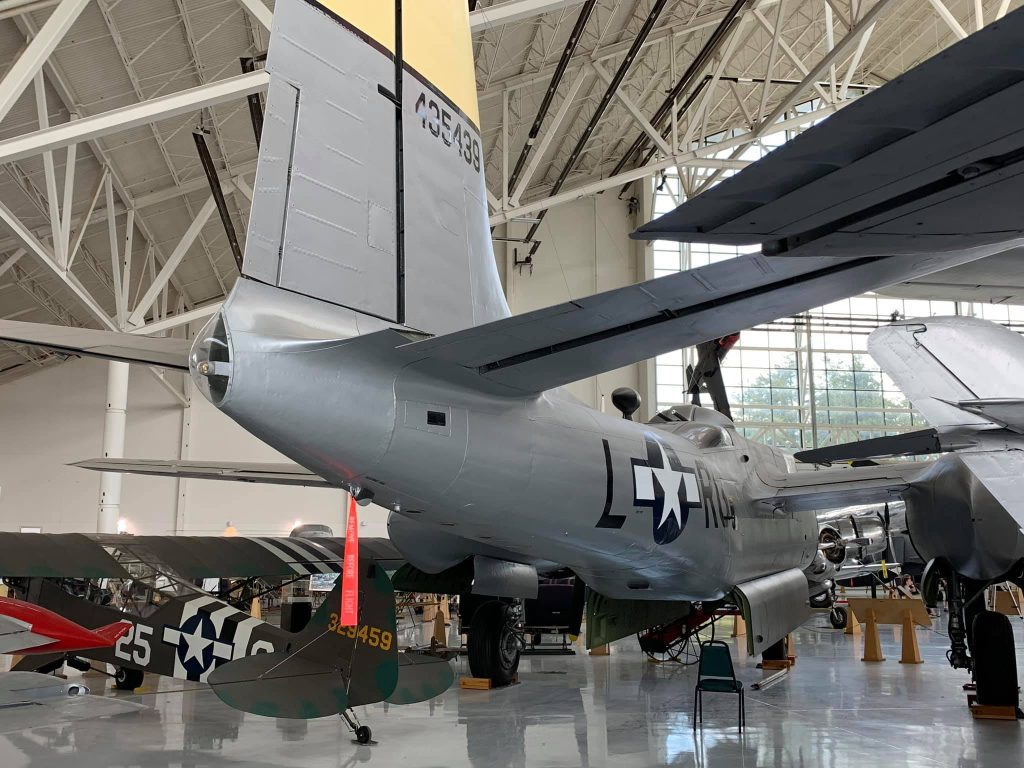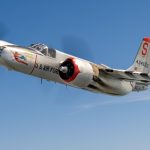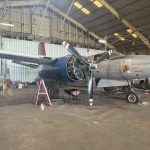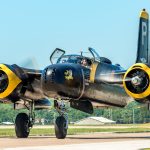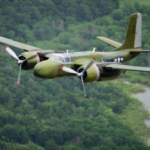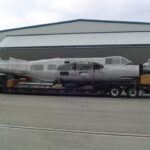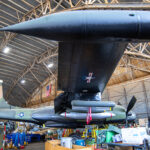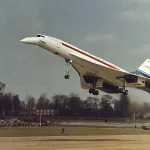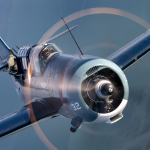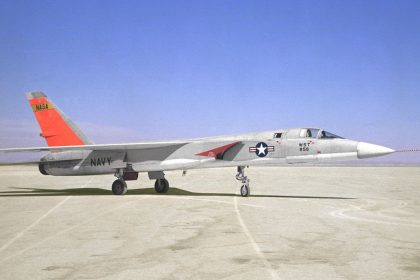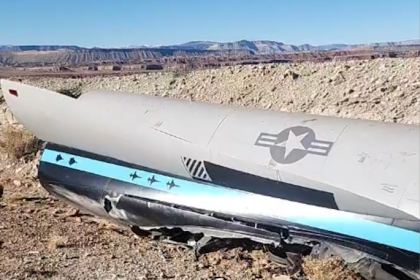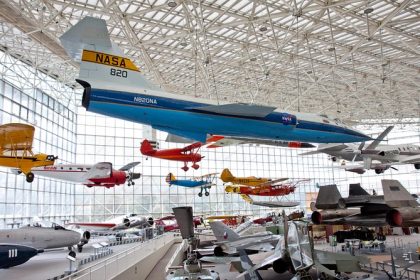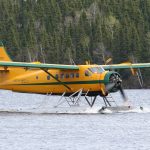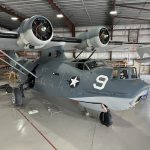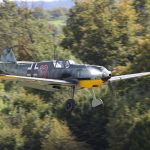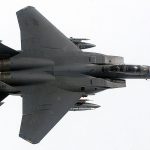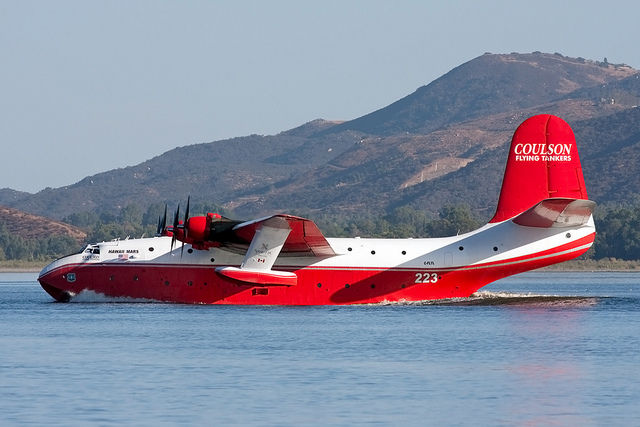By Randy Malmstrom
Since his childhood, Randy Malmstrom has had a passion for aviation history and historic military aircraft in particular. He has a particular penchant for documenting specific airframes with a highly detailed series of walk-around images and an in-depth exploration of their history, which have proved to be popular with many of those who have seen them, and we thought our readers would be equally fascinated too. This installment of Randy’s Warbird Profiles takes a look at the Evergreen Aviation & Space Museum‘s Douglas A-26 Invader.
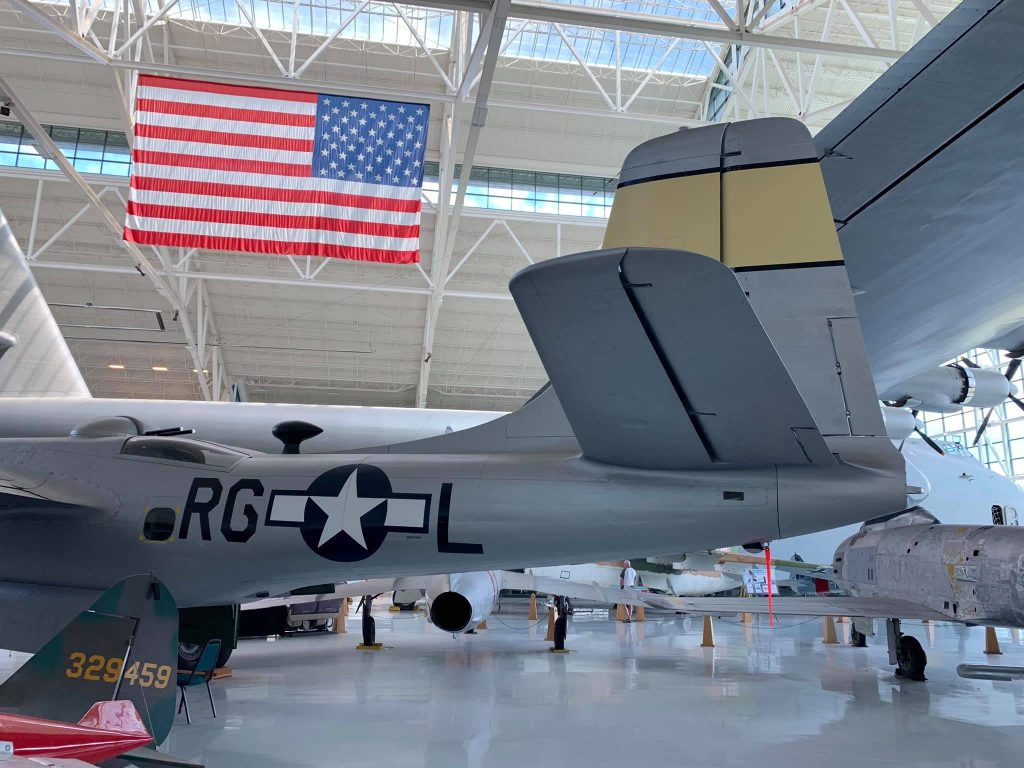
Douglas A-26C-35-DT (A-26B) Invader, s/n 44-35439. This particular aircraft was the 742nd aircraft built at the Douglas Aircraft plant in Tulsa, Oklahoma (hence the “DT” designation), and delivered to the U.S. Army Air Forces (USAAF) as an A-26C in the spring of 1945 but did not see action with the USAAF. It was later sent to France for use in its actions during the Indochina War (re-designated a B-26B) by the Armée de l’Air. It was stricken from the record in 1954.
A CIA connection came regarding this airplane: Inter Mountain Aviation operated out of Marana Air Park and Evergreen bought the entire operation and turned Marana into their overhaul facility, for their own aircraft and customer aircraft. There were at least 12 flying companies that came under the umbrella of the company and there were more operating out of Taiwan; several had a connection to major US airlines. In 1979 Lynch Air Services of Billings, Montana acquired it, initially for spare parts until they restored it to airworthiness in 1989.
It was acquired to become part of the collection at Evergreen Aviation & Space Museum in McMinnville, Oregon. My last understanding is that World Fuels acquired the rights to the aircraft but I am told they donated it back to Evergreen where it is on static display (the interior is not generally available to the public).
This aircraft was rebuilt as an A-26B Invader (solid nose assembly) but with the markings of A-26B Margie of the 552nd Bomb Squadron, 386th Bombardment Group, 9th Air Force (“The Crusaders”), code “RG-L.” The original Margie was Martin B-26C-15-MA Marauder, s/n 41-34970, of the same squadron, based for a few months at Boxted, England until their assigned at RAF Great Dunmow was ready, and it was from Great Dunmow that the 386th flew most of their missions whilst in the UK.
By the end of WWII the unit was based at Beaumont-sue-Oise (A-60) Airfield, Normandy, France, and while there, the group fully converted from the Martin B-26 to the A-26 Invader in the spring of 1945; and the crew of the original Margie carried over the name and letter identifier to their A-26B. The letters “RG” identify it as part of the 552nd, and the “L” as the 12th A-26 assigned to the unit (the stenciling shows the original serial number of this airframe).
About the author
